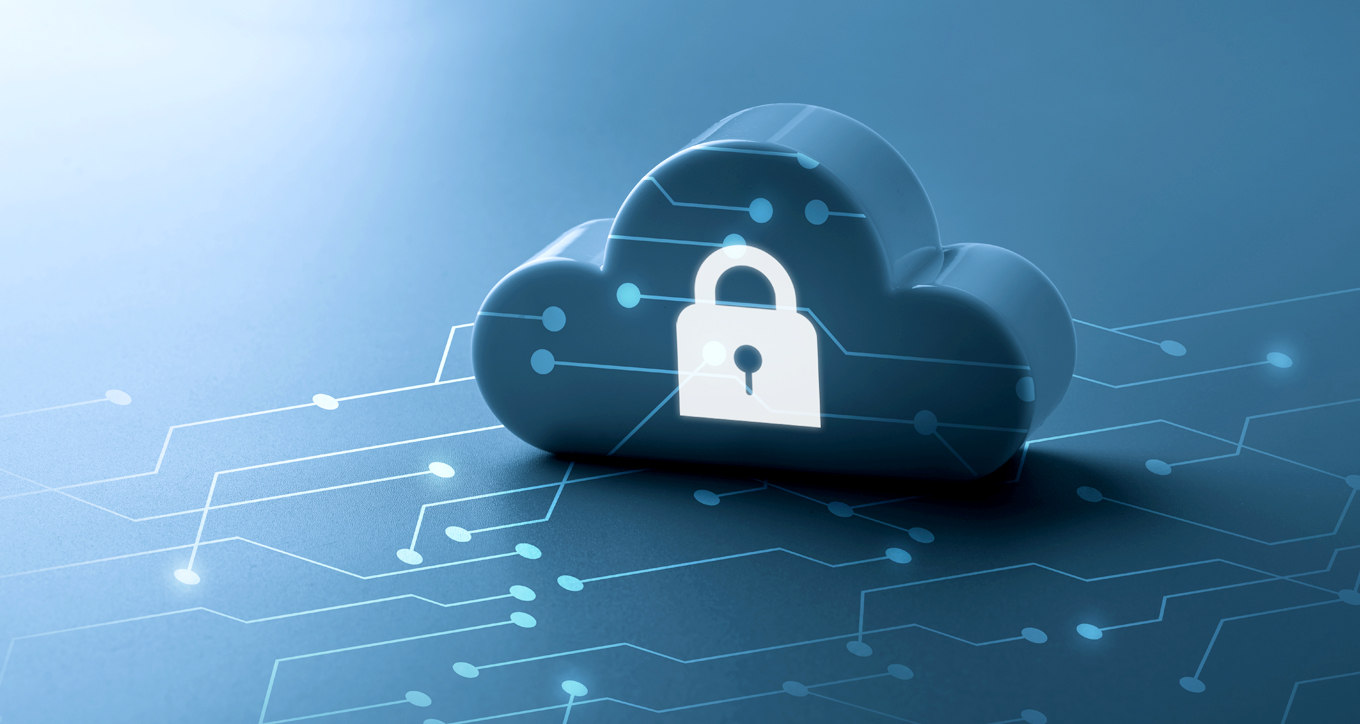Do you know the world produces more bytes of data every hour than the grains of sand on this earth? Yes, just imagine how far we have come in the last decades.
Over the last decades, the priorities for enterprises have changed; First, it was all about driving digital transformation. Now, it is all about data. At scale… At speed…
In the age of digital transformation, cloud, and SaaS, data collection has become seamless. According to a study published by IDC in May 2022, the amount of new data created, captured, replicated, and consumed is expected to double in size by 2026.
While this has unleashed new opportunities for businesses to create data-driven business strategies and improved efficiencies, it has also posed unprecedented challenges for data and security leaders. Data is the most valuable asset for any business and the focus is on how to protect the data.

Compliance with an increasing number of regulations can be daunting, failing which can be detrimental. As you may recall, in October 2022, the Federal Trade Commission (FTC) in the U.S. leveled sanctions against Drizly over a data breach that exposed the data of 2.5 million customers.
In this article, I am sharing my thoughts about two of the most critical enablers for modern-day businesses: Hybrid Cloud and SaaS applications, their impact on enterprise data security, and what Data Security & Privacy executives need to do to address the challenges.
Adoption of Hybrid Cloud
Cloud is synonymous with the holy grail of business scalability and flexibility. Organizations have moved beyond their private data centers and adopted the cloud at an unprecedented speed. The perimeter of data residency has vanished completely. But the stark reality is that most organizations don’t know where their data is, let alone how to protect it. No enterprise wants to get trapped with a single cloud vendor. To put things in perspective, the cloud is beyond IaaS — like Azure or AWS.
IaaS is only one use case for the cloud. Other use cases encompass SaaS, in the prevalence of cloud-based apps like Salesforce, Workday, etc; PaaS, or platforms used to build custom applications; and CaaS for containers. More importantly, each Cloud Service Provider provides some core business benefits along with an ecosystem that organizations find valuable for their businesses. Summing it all, every enterprise is turning to multi-cloud and hybrid cloud and it will continue to be that way for years to come.
Data Security challenges owing to multiple and hybrid clouds can be complex and multifaceted. Each cloud provider may have different security configurations, and ensuring compliance with various data protection regulations across clouds can be complex. Data Discovery remains one of the most daunting challenges in the multiple and hybrid cloud environment. Centralized data governance remains the next big challenge which can lead to a lapse in data security & privacy.
Enterprises must implement future-proof data security measures while they adopt a Hybrid Cloud strategy. It must start with a comprehensive Data Security strategy that spans across multiple cloud environments incorporating encryption, access controls, and monitoring. It needs to establish unified data governance policies and procedures to maintain consistency in data management across the hybrid infrastructure.
Proliferation of Software-as-a-Service (SaaS)
SaaS solutions, across industries, have brought significant benefits in terms of flexibility, scalability, and cost-effectiveness. However, it has also introduced several data security challenges that organizations must address to protect sensitive information and maintain customer trust.
- Data Access Controls: One of the primary concerns with SaaS solutions is ensuring proper access controls to sensitive data. The need of the hour for organizations is to implement robust identity and access management (IAM) practices to limit access to authorized users only.
- Data Encryption: While most reputable SaaS providers have adequate security practices and capabilities, organizations need to ensure that their data remains secured and encrypted throughout its lifecycle, including when it is processed by SaaS applications.
- Shadow IT: This is one of the unattended root causes, leading to data exposure and security gaps. Implementing clear practices on the use of SaaS applications and providing employees with approved alternatives is a better way to mitigate shadow IT risks.
- Third-Party Integrations: Most of the SaaS solutions offer APIs for integration with other applications. These API-based integrations may introduce security vulnerabilities if not adequately secured.
- Insider Threats: Employees with access to critical data may inadvertently or intentionally misuse it, leading to data breaches. Implementing proper monitoring and auditing mechanisms can help detect and mitigate insider threats.
As we recognize data is the most valuable asset for the organization, technology, and data executives must shift their mindset from network or infrastructure-centric security to data-centric security.
The Mantra for Data Security
Keep it Simple: the mantra for Data Security. As a data leader, here are my three-point suggestions to be more in control to deal with your data security challenges.
- Own your data: It’s your data. Establish ownership, trace and shape the data collection to data consumption path and plug all the leak holes.
- Use technologies, take one step at a time, to set up processes, frameworks, and capabilities to deal with challenges like Data Discovery, Data Security Posture Management, and Data Governance. Leveraging tech will make it easier to scale.
- Create a data culture: Culture and continuous awareness programs educating stakeholders about data security & privacy best practices, potential threats, and the importance and impact of privacy must be implemented and the efficacy should be measured regularly.
Conclusion
As data continues to be the most valuable asset for organizations, data security executives must address the challenges posed by modern-day realities. Taking ownership of data, leveraging technology, and fostering a data-driven culture are essential steps to ensure robust data security in today’s digital landscape. And the time to act is NOW…
The same blog is posted on my Medium.com site as well. Please refer here.
Comments
Post a Comment